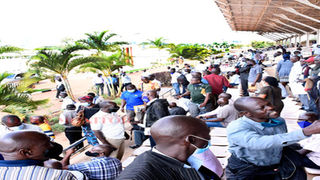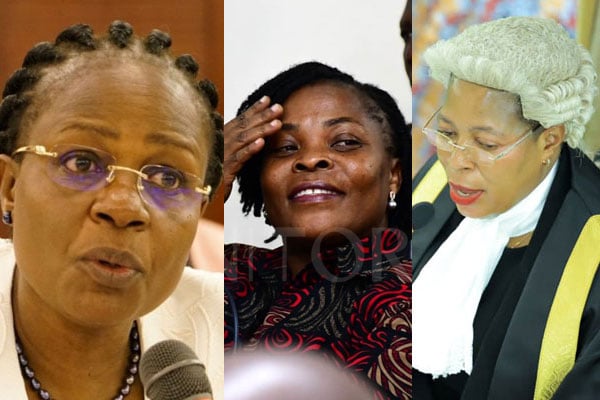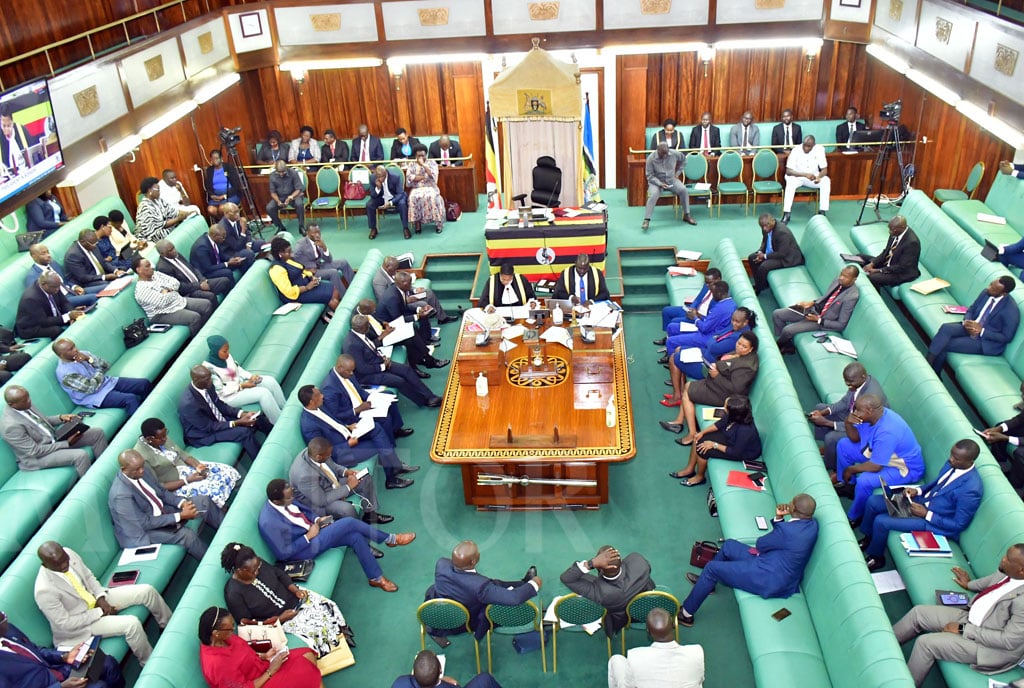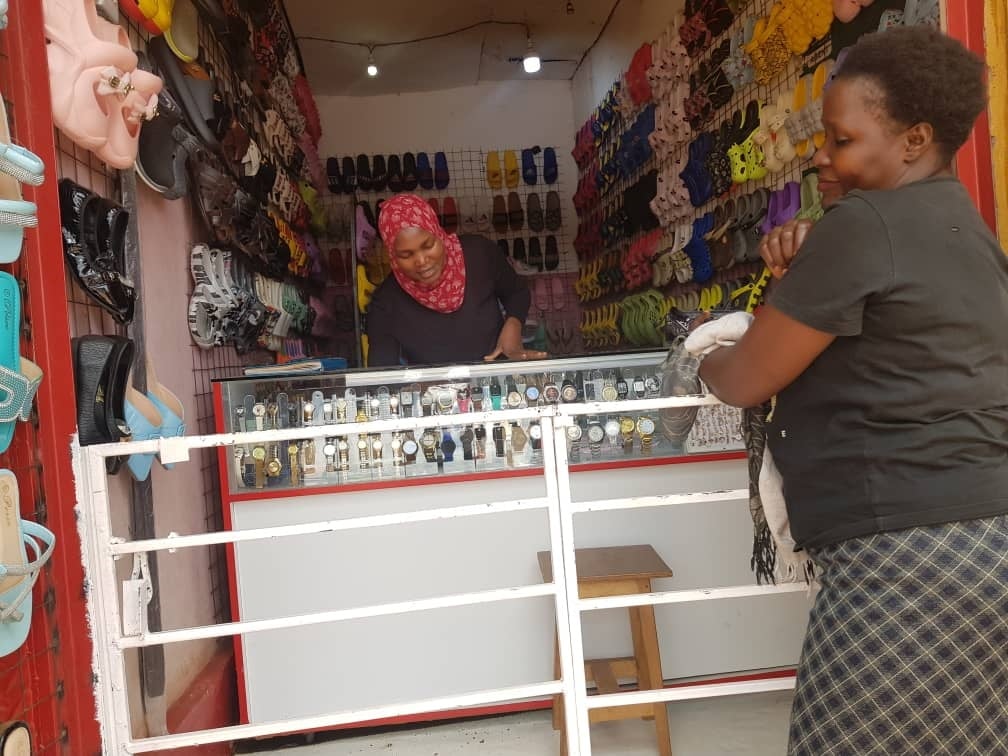
People show frustration at Kololo after they were asked to return on Wednesday for the registration of the 20 percent NSSF midterm access funds. PHOTO/ISAAC KASAMANI
|National
Prime
NSSF contributors to get mid-term cash next week
What you need to know:
- Hundreds of Ugandans flocked to the NSSF branches as applications for the cash started yesterday.
Nearly 8,000 people eligible for the National Social Security Fund (NSSF) midterm benefits are expected to start receiving the cash on Thursday next week.
Mr Richard Byarugaba, the managing director of NSSF, said although the law permits a maximum of 45 working days, processing of applications and payments should be “nearly instantaneous” given the new systems and capabilities.
Claimants have also been given the discretion to choose the date and month to be paid. “The first payments will be sent out on March 17, because we are testing the system. We don’t want to rush, otherwise every Thursday we will pay out Shs50b, and we hope that between now and the end of the year we will have paid Shs1 trillion,” Mr Byarugaba told journalists in Kampala yesterday.
He added: “We hope that with doubling of our capacity, we should be able to pay the first claimants, 800 per day in 10 days, that is about 8,000 people of the 41,000 people.”
ALSO READ: Workers speak out on mid-term access rules
Hundreds of Ugandans flocked to the NSSF branches as applications for the cash started yesterday.
Proponents of the NSSF Amendment Act, 2021 argued that it would cushion Ugandans against the adverse effects of the Covid-19 pandemic.
Section 20(A) of the Law assented to in January grants members who are 45 and above and have contributed for 10 years, access to up to 20 percent of their accrued benefits, while persons with disability aged 40 and above will get 50 percent of their money.
Mr Byarugaba also revealed that the number of eligible members has fallen from the initial estimate of 130,000 in June 2021 to 41,174 as of March 2022, following the reconsideration of the eligibility criteria by the Minister of Gender in the Statutory Instrument.
“The first time this matter came up we looked at the worst case scenario, those who had saved for 10 years, it meant that you could open an account, not pay in money, but then 10 years later claim your money. The number was 130,000. When the statutory instrument was issued and it maintained the definition of contribution, the number fell to 41, 174 members as of March 1,” he said.
ALSO READ: NSSF tests pay system, midterm claims start
Mr Byarugaba said the more than 80,000 who fell off only accounted for Shs111b, which did not significantly affect the total amount to be paid out. Statistics from the Fund indicate 57 percent of the payments will be less than Shs10m.
The eligible members are expected to take out Shs793b, the biggest cash outflow, and the Fund says this will significantly lower the interest earned next financial year, compared to the 12 percent paid out this year.
“There is a benefit, you get your money but there is also a cost, and that is interest. To prepare for this, we have not invested in long time bonds since June 2021. We have been investing in short term instruments because we did not know when the President would assent to the law,” he said.
Mr Byarugaba said the Fund has had discussions with the Bank of Uganda to ensure the liquidity poured into the economy in the next months does not affect the stability of the economy, urging beneficiaries to put the money into investments as opposed to consumption.
Mr Byarugaba also warned that any slight mistake in the details will render the application unsuccessful.
“Either the NSSF number is not the right one, or their photo is not the right one because we are using algorithms or your verified bank account is not valid or the name on your account is slightly different from the name in NSSF, or the name on your ID is different from your phone number. You have got to match 100 percent,” he said.




